Technological Innovations
Technological innovations play a pivotal role in shaping the Air Laid Product Market. Advancements in manufacturing processes, such as improved fiber bonding techniques and enhanced machinery, have led to higher efficiency and product quality. The integration of automation and smart technologies is streamlining production, reducing waste, and lowering operational costs. Recent statistics indicate that companies investing in technology can achieve up to a 20% increase in production efficiency. Furthermore, innovations in product design are enabling the development of air laid products with superior absorbency and softness, catering to diverse consumer needs. As technology continues to evolve, the Air Laid Product Market is poised for significant growth, driven by enhanced capabilities and product offerings.
Sustainability Initiatives
The Air Laid Product Market is increasingly influenced by sustainability initiatives. As consumers become more environmentally conscious, manufacturers are compelled to adopt eco-friendly practices. This shift is evident in the rising demand for biodegradable and recyclable air laid products. According to recent data, the market for sustainable materials is projected to grow at a compound annual growth rate of 8.5% over the next five years. Companies that prioritize sustainability not only enhance their brand image but also tap into a growing segment of eco-aware consumers. This trend is likely to drive innovation in product development, leading to the introduction of new materials and processes that align with environmental standards. Consequently, the Air Laid Product Market is expected to witness a transformation as it adapts to these sustainability demands.
Diverse End-Use Applications
The Air Laid Product Market benefits from a wide array of end-use applications, which significantly contributes to its growth. These products are utilized in sectors such as hygiene, medical, and industrial, each demanding specific characteristics. For instance, the hygiene segment, which includes products like diapers and feminine hygiene items, is projected to account for a substantial share of the market, driven by increasing birth rates and rising awareness of personal hygiene. Additionally, the medical sector's need for absorbent materials in surgical and wound care applications further propels demand. As industries continue to explore the versatility of air laid products, the market is likely to expand, with new applications emerging that cater to evolving consumer preferences.
Consumer Preferences for Comfort
Consumer preferences for comfort and quality are significantly influencing the Air Laid Product Market. As consumers become more discerning, they seek products that offer superior softness and absorbency, particularly in hygiene and personal care items. This trend is evident in the increasing demand for air laid products that provide a luxurious feel while maintaining functionality. Market Research Future indicates that products with enhanced comfort features can command higher price points, thereby increasing profitability for manufacturers. Companies that prioritize consumer comfort in their product development are likely to gain a competitive edge. This focus on quality and comfort is expected to drive innovation within the Air Laid Product Market, leading to the introduction of new formulations and designs that meet consumer expectations.
Regulatory Compliance and Standards
Regulatory compliance and standards are critical drivers in the Air Laid Product Market. As governments and regulatory bodies impose stricter guidelines on product safety and environmental impact, manufacturers must adapt to these requirements. Compliance with regulations not only ensures product safety but also enhances marketability. Recent data suggests that companies adhering to international standards can increase their market share by up to 15%. Furthermore, the push for transparency in sourcing and production processes is prompting manufacturers to invest in sustainable practices. This regulatory landscape is likely to shape the future of the Air Laid Product Market, as companies that proactively address compliance issues may find themselves better positioned to capitalize on emerging opportunities.


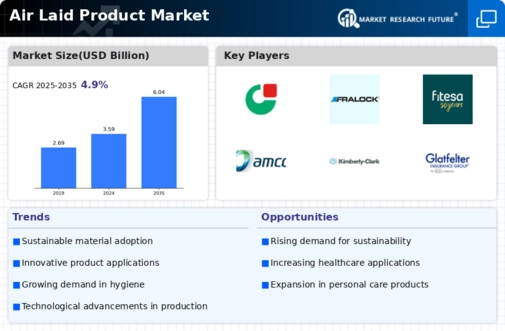
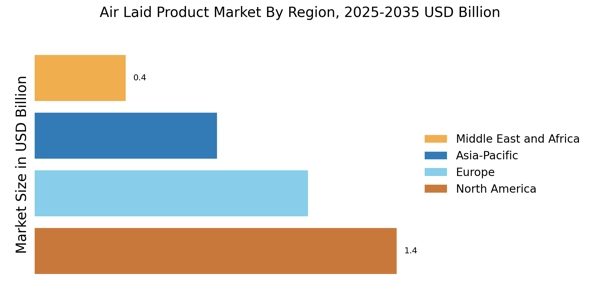
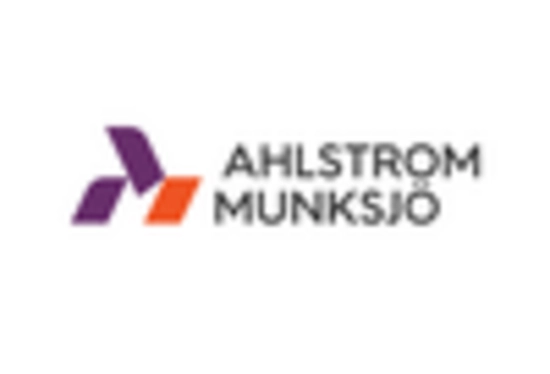
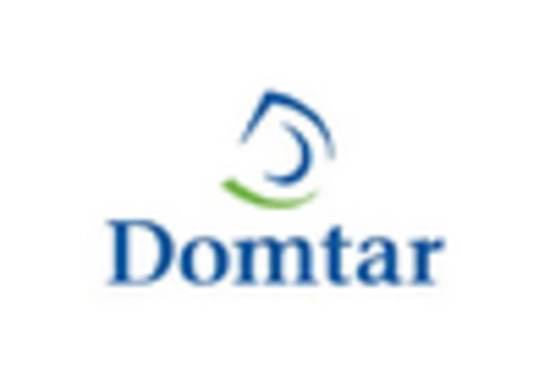

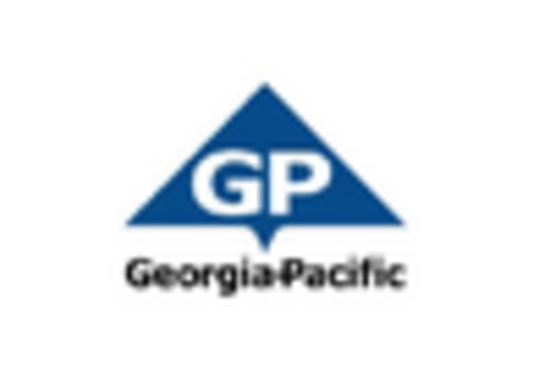
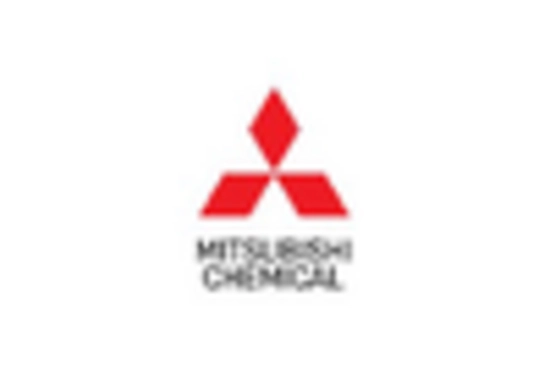









Leave a Comment